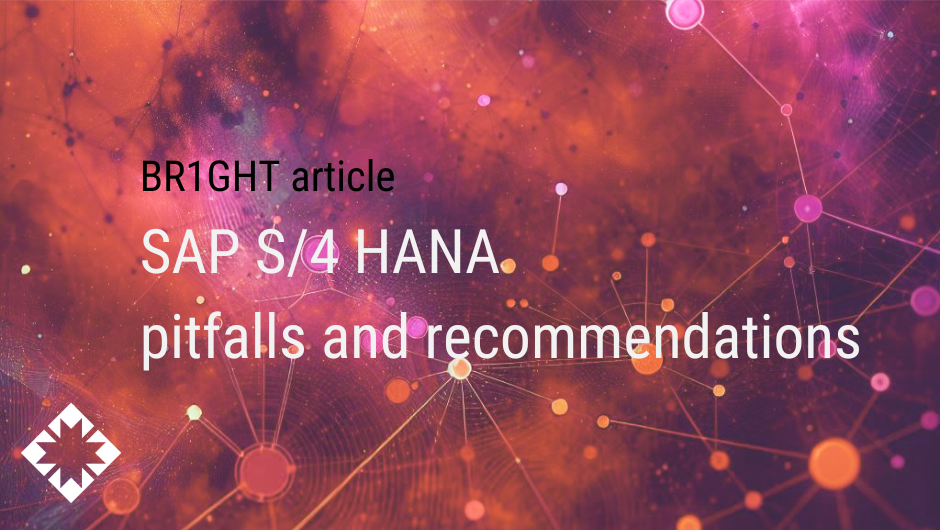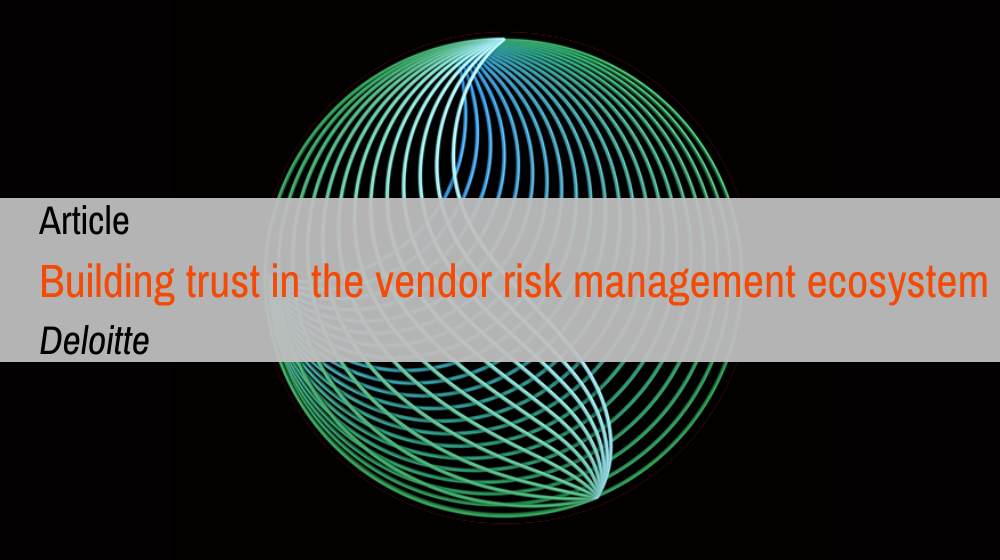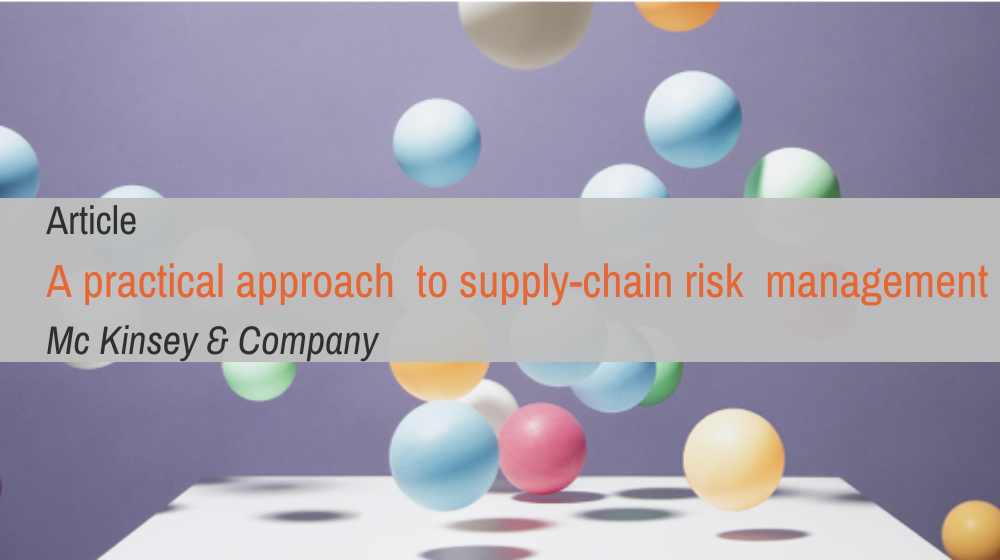Vendor Risk Management
What is Vendor Risk Management?
Vendor Risk Management (VRM) encompasses the systems and procedures that organisations use to identify, assess, and control risks from third-party suppliers. In recent years, several high-profile incidents, such as cyberattacks on trusted vendors, have underscored the importance of robust VRM. For example, supply chain breaches involving popular platforms and service providers have affected businesses globally, from airlines to finance firms. Such incidents highlight the risks inherent in relying on external parties. Although VRM is not new, the evolving digital risk landscape calls for updated approaches that safeguard companies, their clients, and their data.
An effective VRM programme covers the entire lifecycle of vendor engagement—from selection and initial due diligence to monitoring and, if necessary, offboarding. With VRM, organisations can identify and mitigate third-party risks, comply with regulatory standards like GDPR, and build reliable, mutually beneficial vendor relationships. In this article, we will discuss VRM’s essentials, explore best practices, and show how to build a robust VRM programme that protects your organisation.
Vendor Risk Management further explained
- Sources of Risk: Vendor or third-party risks can arise from various sources.
- Operational Impact: Any reliance on vendors introduces risk, regardless of their role’s significance.
- Digital Vulnerabilities: Growing digital connections can expose entire ecosystems, allowing security incidents to spread across multiple businesses.
- Risk Control: VRM helps organizations manage these risks by implementing controls and frameworks for all vendor relationships, from routine to critical.
Why is Vendor Risk Management essential?
- Dependence on Third-Party Services: Modern businesses often rely heavily on third-party services, especially cloud platforms like AWS and Microsoft Azure.
- Vendor Assessment: VRM is crucial for evaluating potential vendors, selecting reliable providers, and maintaining oversight.
- Benefits of a Robust VRM Program:
-
- Confident Partnerships: Enables organizations to partner with confidence.
- Data Security: Ensures the protection of organizational data.
- Reputation Protection: Safeguards the organization’s reputation.
- Compliance: Helps meet regulatory and compliance requirements.
-
Your value from best-practice Vendor Risk Management
Implementing best-practice VRM offers several advantages beyond compliance:
Enhanced operational focus: By entrusting certain processes to dependable vendors, organisations can streamline internal operations and focus resources on strategic activities.
Compliance and regulatory alignment: Many standards require VRM controls, and an established programme can ensure adherence and simplify audits.
Stronger vendor partnerships: Well-managed VRM fosters positive relationships with suppliers, encouraging collaboration and innovation.
Download our BRIGHT vision on VRM

How to approach building Vendor Risk Management
Vendor Selection: Establish criteria to evaluate vendors, including standards for cybersecurity, business continuity, and compliance
Due Diligence: Collect proof of vendor practices, such as certifications (e.g., ISO 27001), to verify their ability to meet standards.
Vendor Risk Assessment: Evaluate each vendor’s impact on the organisation and assign a risk level to guide monitoring frequency.
Continuous Monitoring: Track vendor performance and adherence to agreements, ensuring ongoing alignment with organisational needs.
Risk Response: Identify, document, and mitigate any emerging risks to minimise potential disruptions.
How we can help
Our solutions
BR1GHT offers a range of solutions to support your VRM programme through technology, consulting, and managed services. We help to define and improve your first line controls, embed VRM into your second line risk & compliance processes, and enable your third line internal audit function to perform Vendor Risk Management audits.
Related information

14 SAP S/4 HANA and rise authorization migration pitfalls and recommendations
At BR1GHT, we recognize that more and more clients tend to move towards SAP S/4HANA. This transition is more than a technological upgrade; it’s an opportunity to optimize your operations, align with compliance standards, and enhance your business value. Within this...

Building trust in the vendor risk management ecosystem I Deloitte
How can you build trust in your vendor risk management ecosystem? Organisations have three opportunities to build trust in the ecosystem mentioned below: 1. Building Trust at a Policy Development Level Organizations often have vendor-related policies, but these...

A practical approach to supply-chain risk management I McKinsey & Company
In the last decade, a number of organizations have been rocked by unforeseen supply-chain vulnerabilities and disruptions, leading to recalls costing hundreds of millions of dollars in industries ranging from pharmaceuticals and consumer goods to electronics and...
